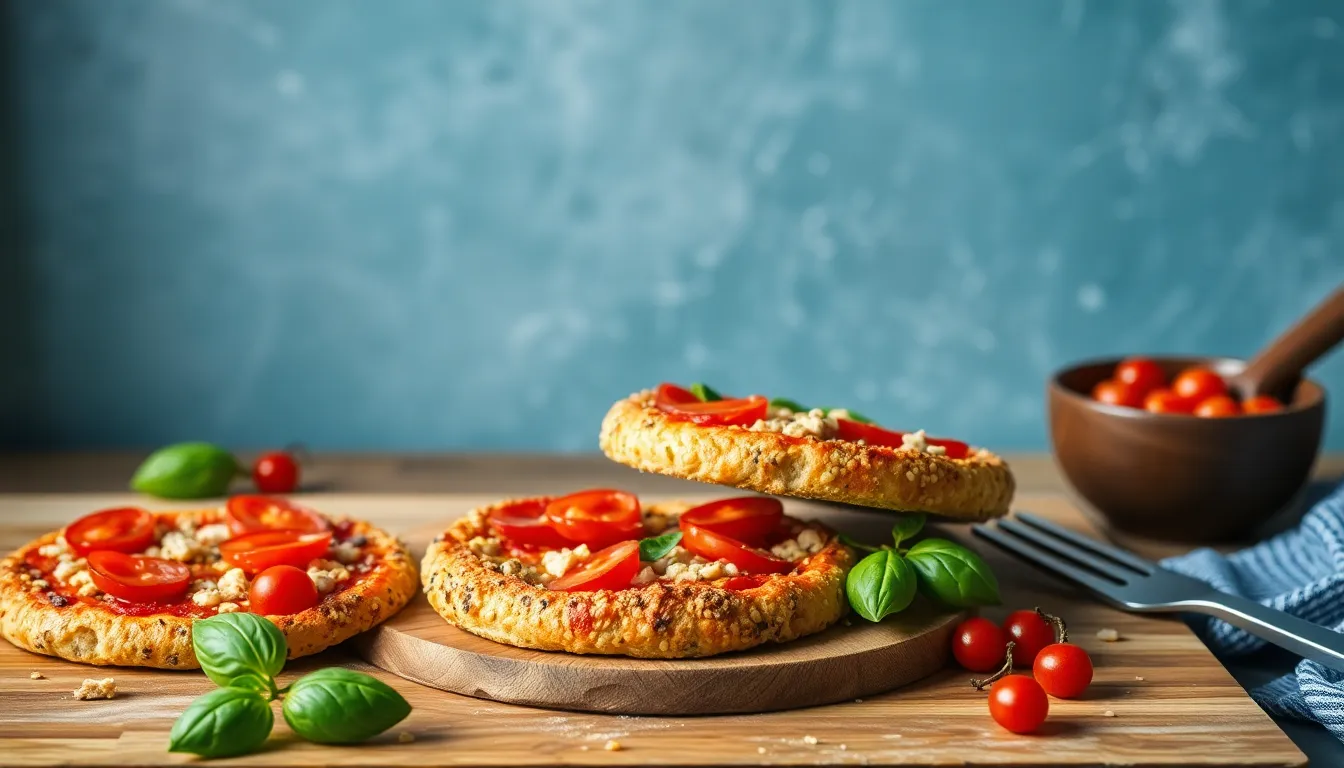The Best Spices for Flavoring Your Vegetables
Introduction
Spices are the unsung heroes of the culinary world, especially when it comes to enhancing the flavor of vegetables. While fresh produce provides the foundation of any healthy meal, it is the spices that elevate these ingredients to new heights. By skillfully combining spices with your favorite vegetables, you can create vibrant, flavorful dishes that are not only delicious but also packed with health benefits.
Incorporating a variety of spices into your cooking can improve digestion, boost your metabolism, and even contribute to heart health. This article will explore the best spices for flavoring vegetables, diving into their unique flavor profiles, ideal pairings, and recommended uses.
Section 1: Understanding the Basics of Spices
Before we delve into specific spices, it’s important to understand what spices are and their role in cooking. Spices are derived from various parts of plants, including seeds, bark, roots, and fruits. Their primary function is to enhance flavor, but they can also impart color and aroma to dishes.
It’s essential to differentiate between herbs and spices. While both are used to elevate flavor, herbs are generally the leafy green parts of plants, such as basil and parsley, while spices come from other parts of the plant. Flavor profiles can range widely, including:
- Spicy: Adds heat and intensity.
- Sweet: Provides a pleasant, sugary flavor.
- Earthy: Imparts a deep, rich taste.
Understanding these basics will help you choose the right spices to complement your vegetable dishes.
Section 2: Top 10 Spices for Flavoring Vegetables
Now that we’ve established a foundation, let’s explore the top 10 spices that can transform your vegetable dishes. Each spice comes with its unique flavor profile, the best vegetables to pair with it, and recommended uses.
| Spice | Flavor Profile | Best Vegetables to Pair With | Recommended Uses |
|---|---|---|---|
| Smoked Paprika | Smoky, Sweet | Potatoes, Carrots | Roasting, Stews |
| Cumin | Earthy, Warm | Beans, Squash | Curries, Salsas |
| Garlic Powder | Pungent, Savory | Broccoli, Spinach | Sautéing, Seasoning |
| Chili Flakes | Spicy, Hot | Zucchini, Bell Peppers | Stir-frying, Roasting |
| Oregano | Herbaceous, Earthy | Tomatoes, Eggplant | Salads, Sauces |
| Coriander | Citrusy, Nutty | Carrots, Beets | Curries, Dressings |
| Turmeric | Earthy, Bitter | Cauliflower, Potatoes | Curries, Rice Dishes |
| Ginger | Spicy, Zesty | Stir-fried Greens, Carrots | Stir-fries, Marinades |
| Thyme | Earthy, Fresh | Root Vegetables, Tomatoes | Soups, Roasting |
| Fenugreek | Nutty, Sweet | Potatoes, Spinach | Curries, Sauces |
Section 3: Creative Ways to Use Spices with Vegetables
Using spices with vegetables is not just about sprinkling them on top; it’s about employing various cooking methods to maximize flavor. Here are a few creative ways to incorporate spices:
Cooking Methods
- Roasting: Caramelizes the vegetables while intensifying the flavors of the spices.
- Grilling: Adds a smoky element, perfect for spices like smoked paprika.
- Steaming: Retains nutrients while allowing spices to infuse flavor.
Creating Spice Blends
Experimenting with spice blends can lead to unique flavors. Consider creating your own blend of cumin and coriander for a warm, earthy profile or a combination of chili powder and garlic powder for a zesty kick.
Marinades and Dressings
Spice-infused marinades can transform plain vegetables:
- Garlic and Herb Marinade: Combine olive oil, garlic powder, thyme, and oregano for a delicious dressing.
- Curry Marinade: Mix yogurt, turmeric, cumin, and ginger for a tangy marinade perfect for grilling.
Section 4: Tips for Storing and Using Spices
To fully enjoy the benefits of spices, proper storage and usage are crucial.
Best Practices for Storing Spices
- Store spices in a cool, dark place away from direct sunlight.
- Use airtight containers to prevent moisture and air from degrading their potency.
- Label containers with purchase dates to track freshness.
Measuring and Using Spices
When it comes to measuring spices, keep in mind:
- Start with smaller amounts and taste as you go.
- Ground spices are more potent than whole spices, so adjust accordingly.
- Consider the cooking method when adding spices—add them early for deeper flavors or at the end for brightness.
The Importance of Fresh Spices
Using fresh spices can make all the difference in taste. Old spices lose their potency and flavor, so regularly check your spice cabinet and replace any stale ingredients.
Conclusion
Incorporating spices into your vegetable dishes is a simple yet effective way to enhance flavor and nutrition. From smoked paprika’s sweetness to the earthy warmth of cumin, each spice adds its character and depth to your meals. By understanding the unique profiles of these spices and how to creatively use them, you can transform ordinary vegetables into extraordinary culinary experiences.
Explore different combinations, cooking methods, and storage tips to make the most out of your spices. Remember, the journey of flavor begins with the spices you choose!




